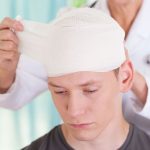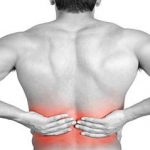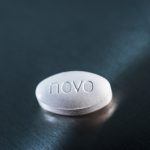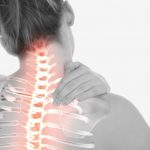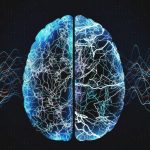
New York-based physical therapist Brittany Garrett, now 33, was sidelined by excruciating hip pain for close to eight years before she got an accurate diagnosis and effective treatment. She tried physical therapy to improve her flexibility, among other treatments, but nothing seemed to help. The former volleyball player’s pain was so intense that it was getting in the way of her career and her active lifestyle. “I have to be able to demonstrate exercises, do lunges, be on my feet, get on and off the floor and lift heavy things, and I couldn’t,” Garrett recalled. She eventually underwent imaging exams, including an MRI that showed she had femoroacetabular impingement (FAI), an underdiagnosed condition that occurs when abnormal growths at the hip joint cause painful friction and set the stage for hip osteoarthritis, the wear-and-tear form of the disease. “It was a relief to have the diagnosis and know that it was an anatomical issue, and there was also relief in knowing that I could have surgery to get rid of pain and get my life back,” Garrett said. In the past, this type of surgery involved huge incisions and dislocating the hip, but now some surgeons can treat FAI with minimally invasive hip surgery via tiny incisions and instruments guided by a small camera, reducing risks and downtime. Garrett underwent two minimally invasive surgeries to… read on > read on >











